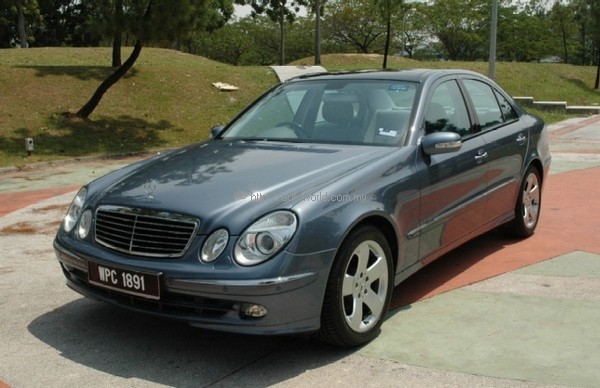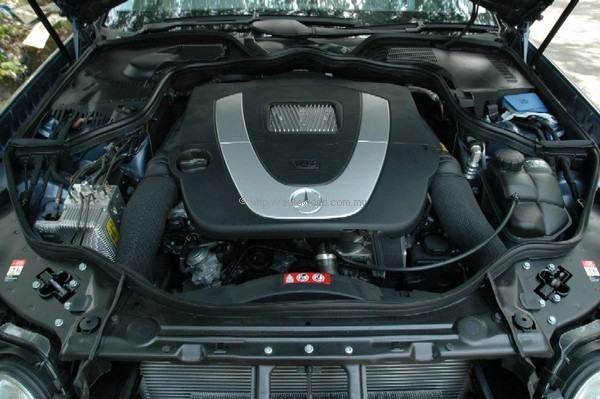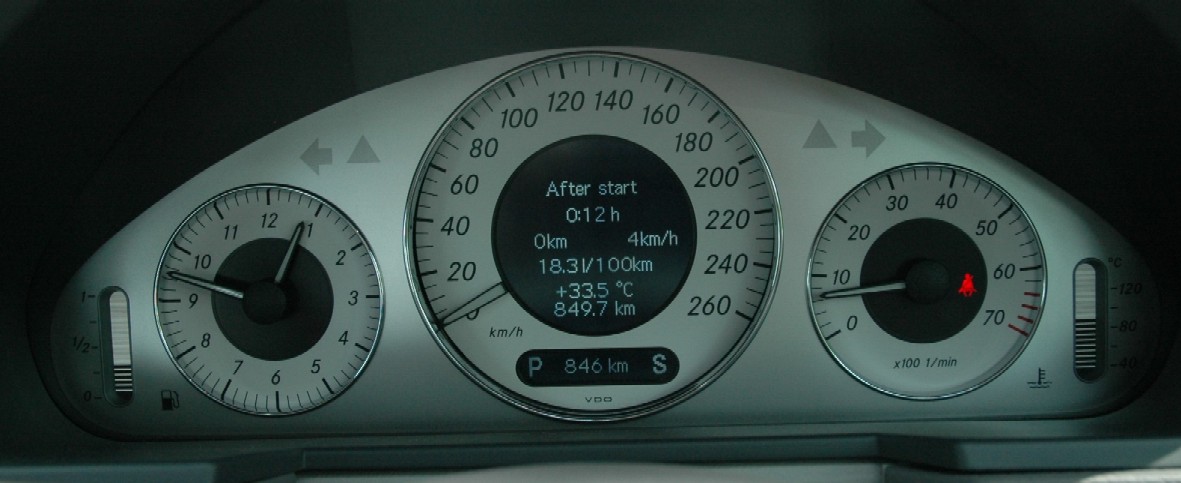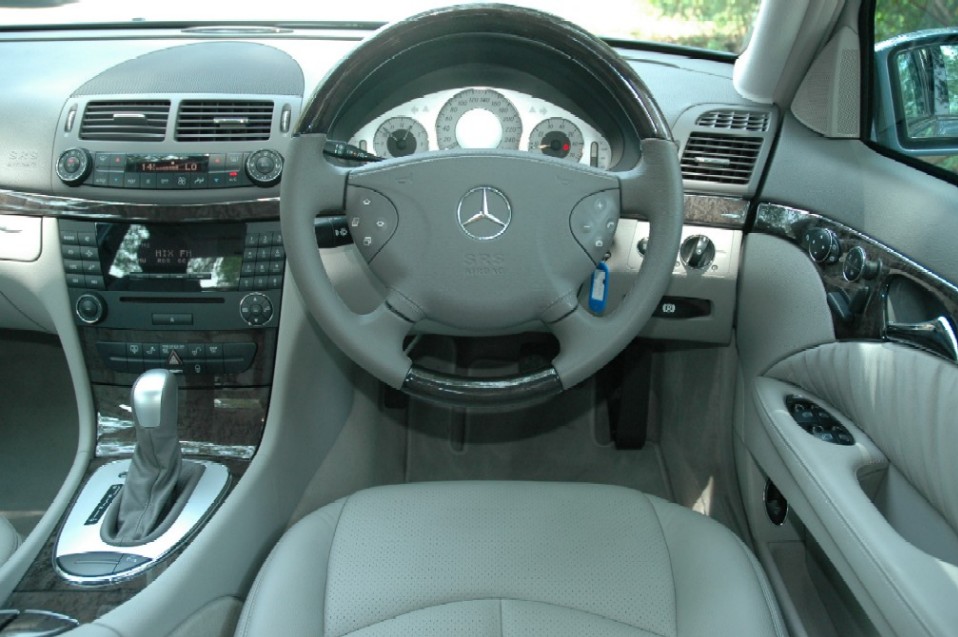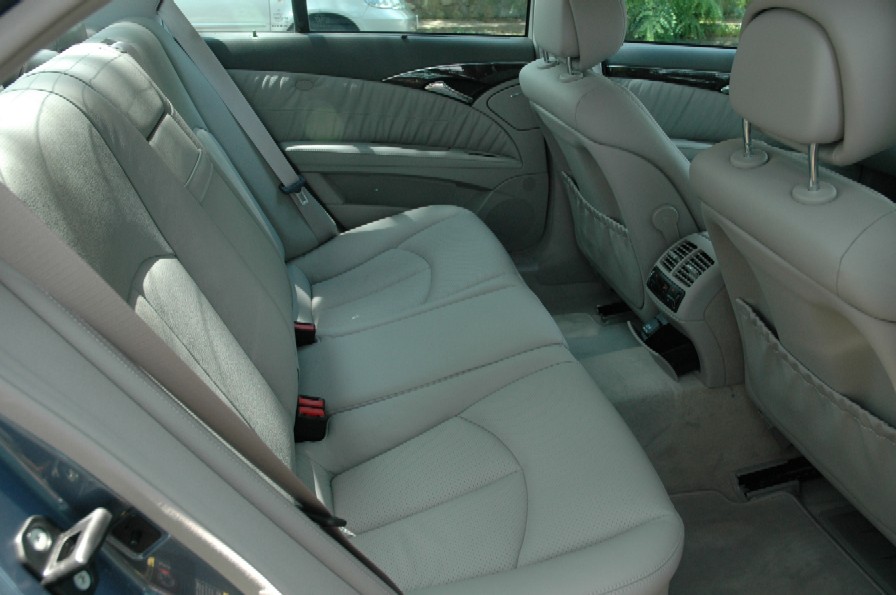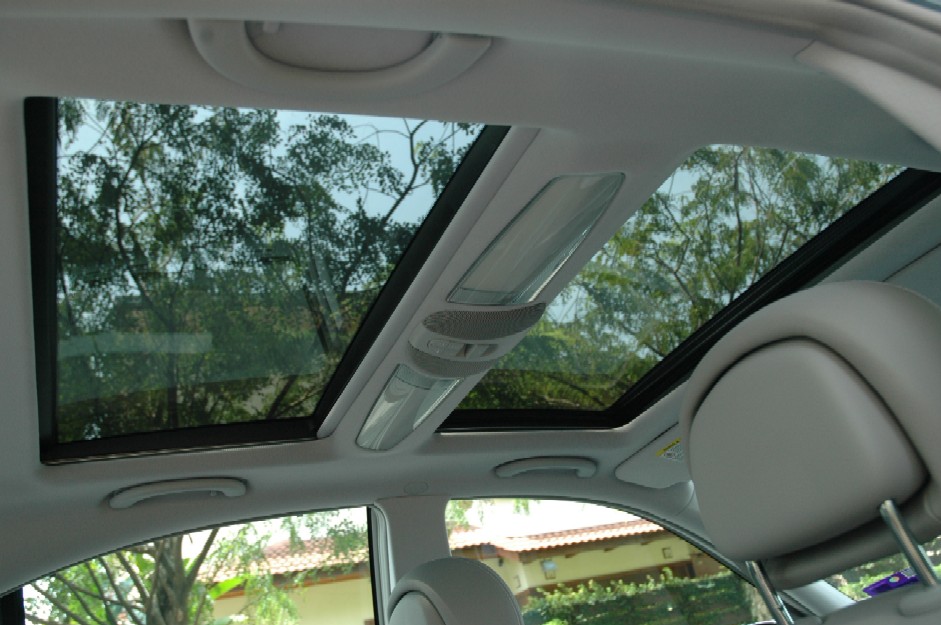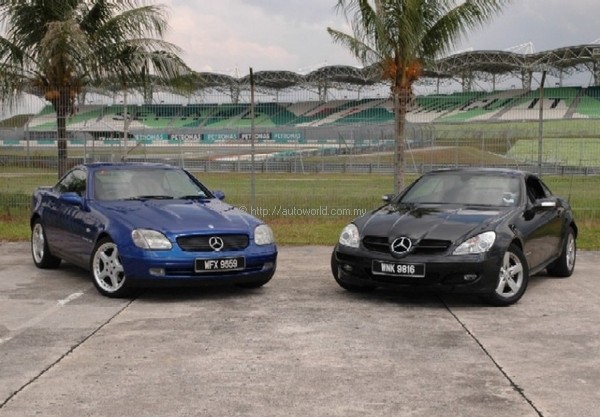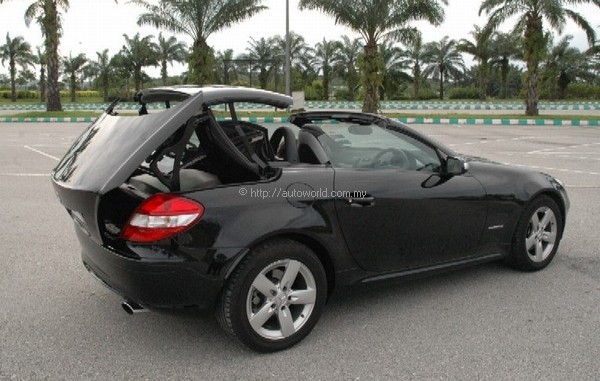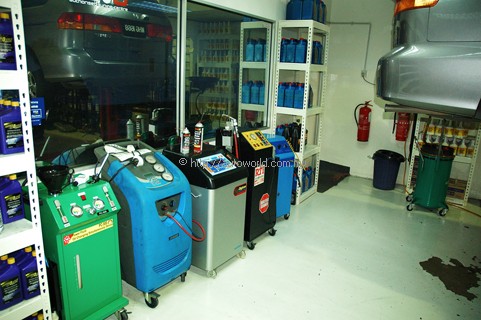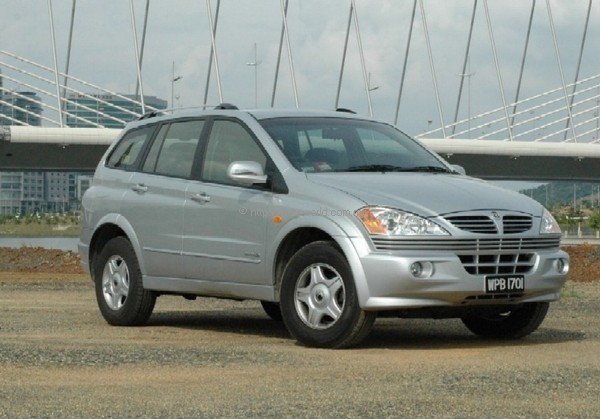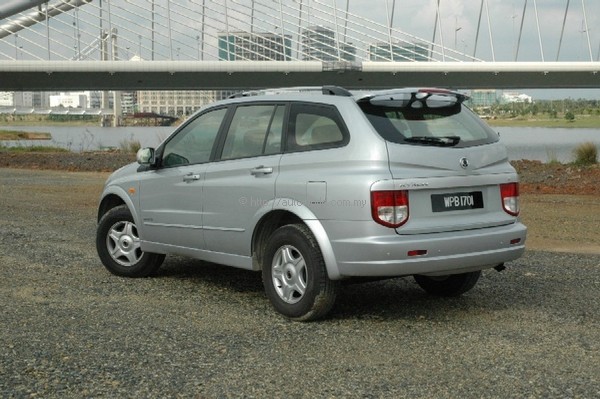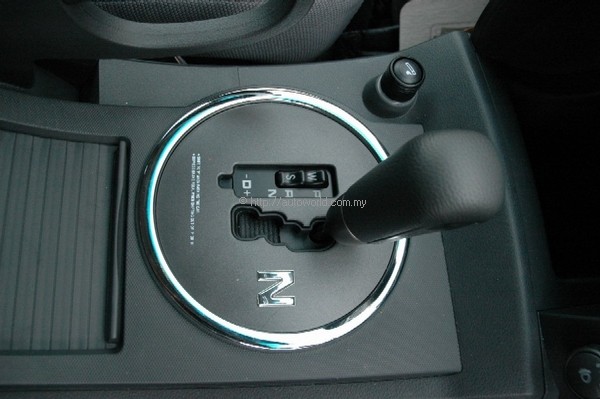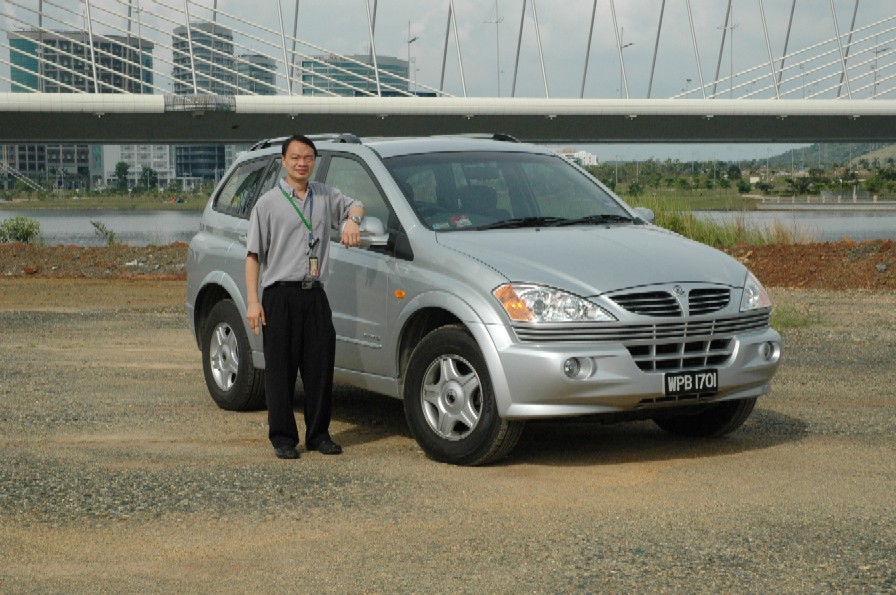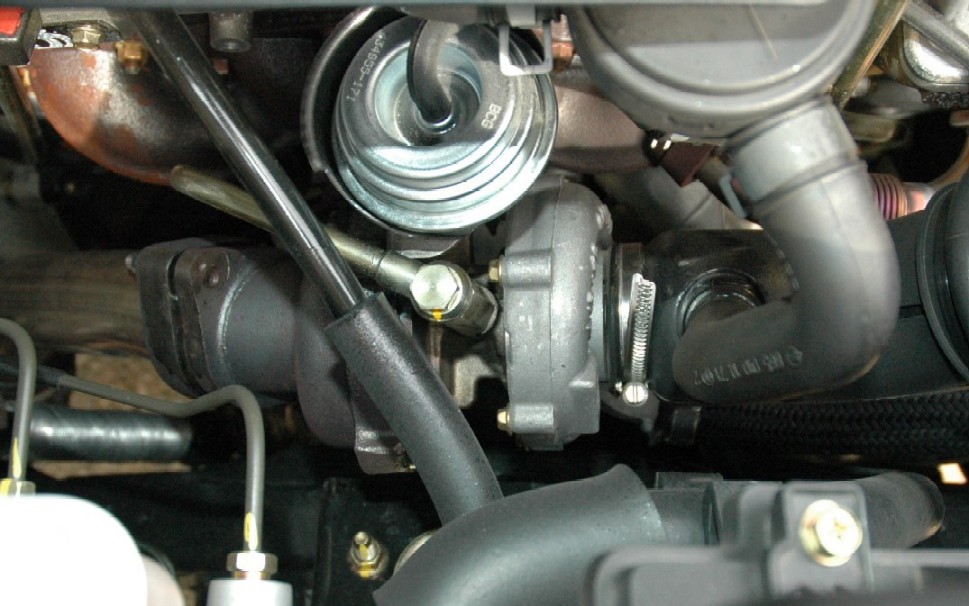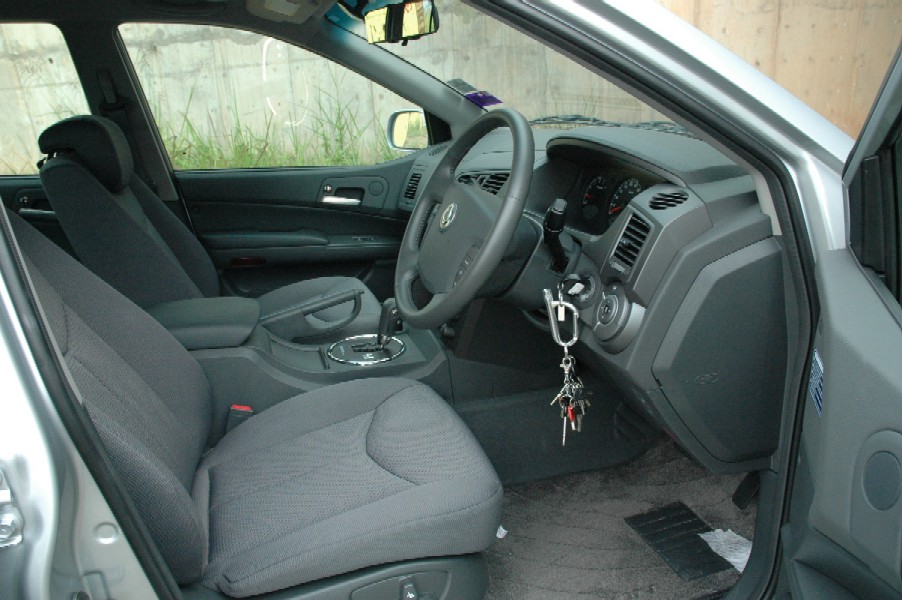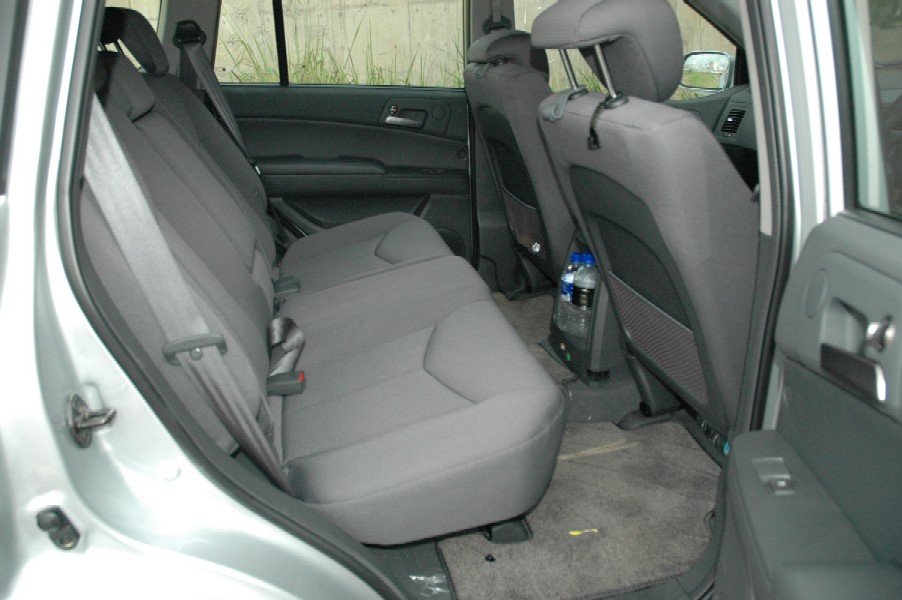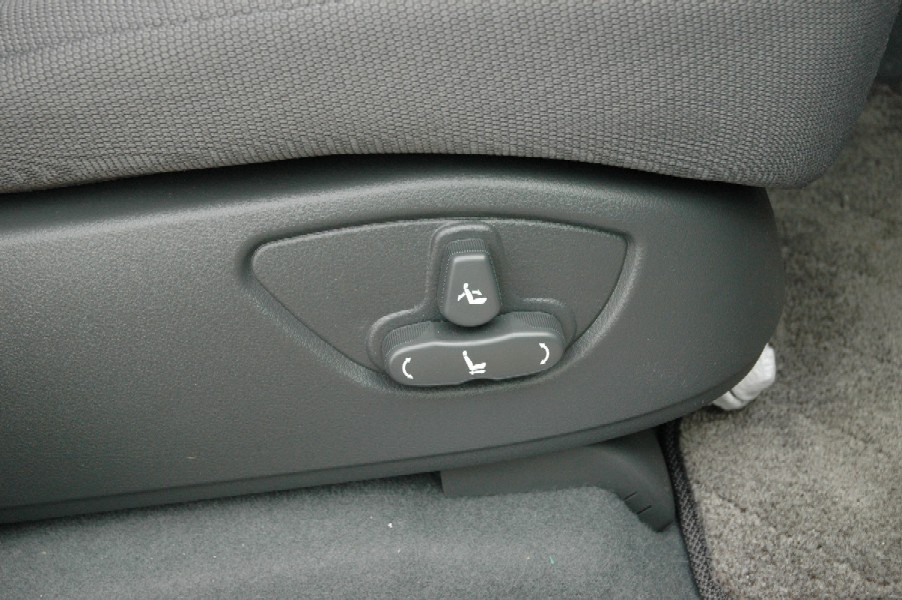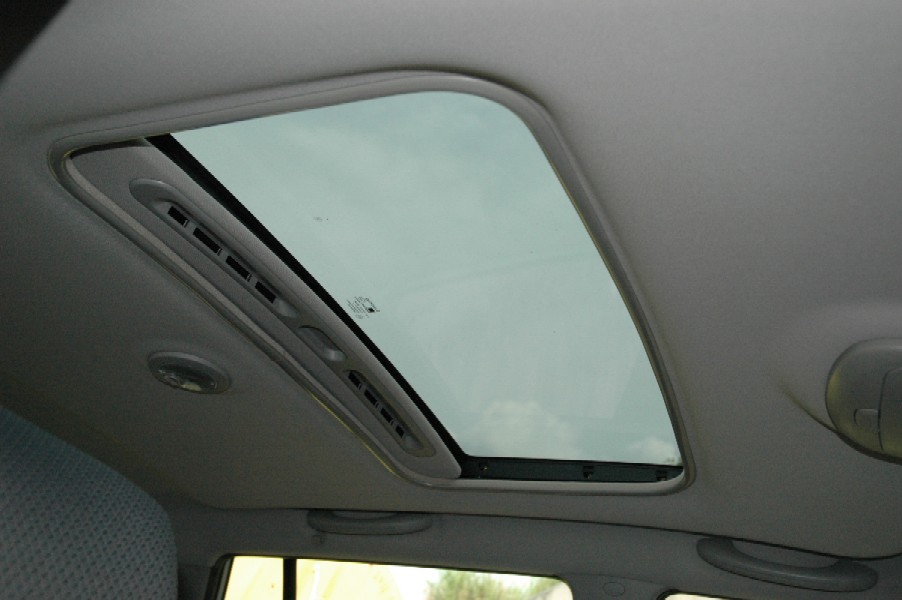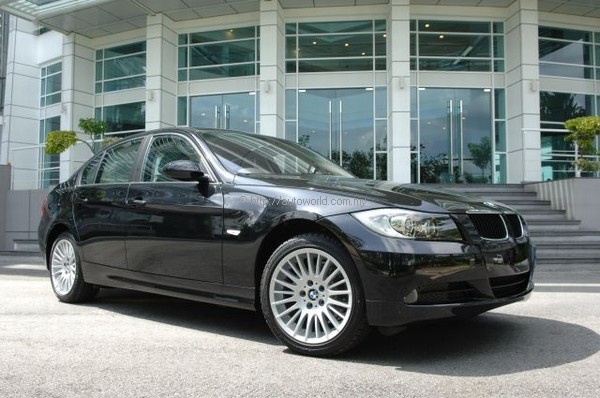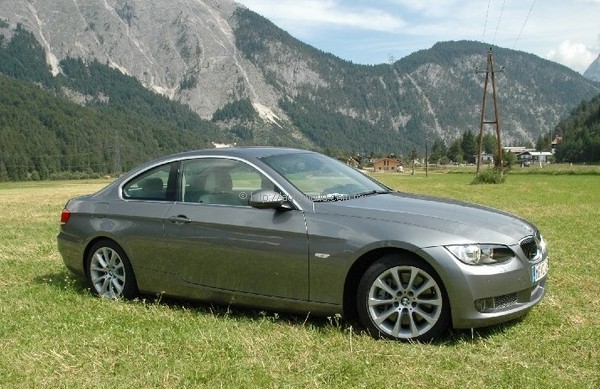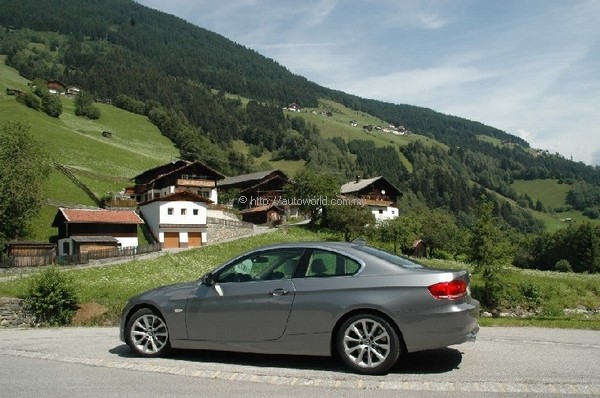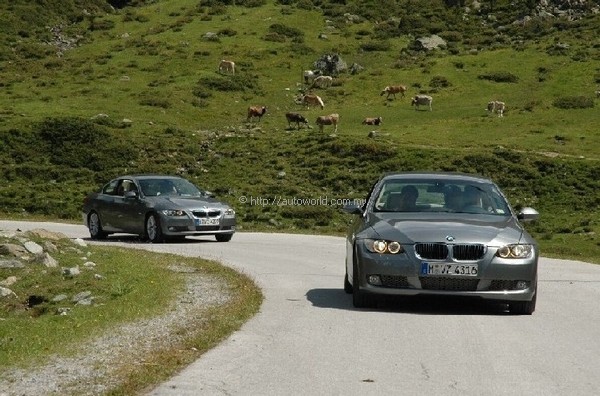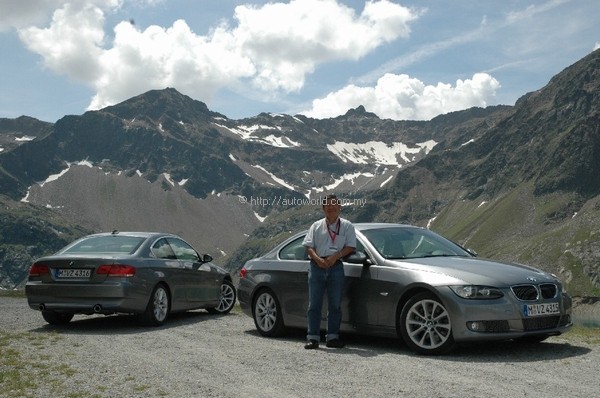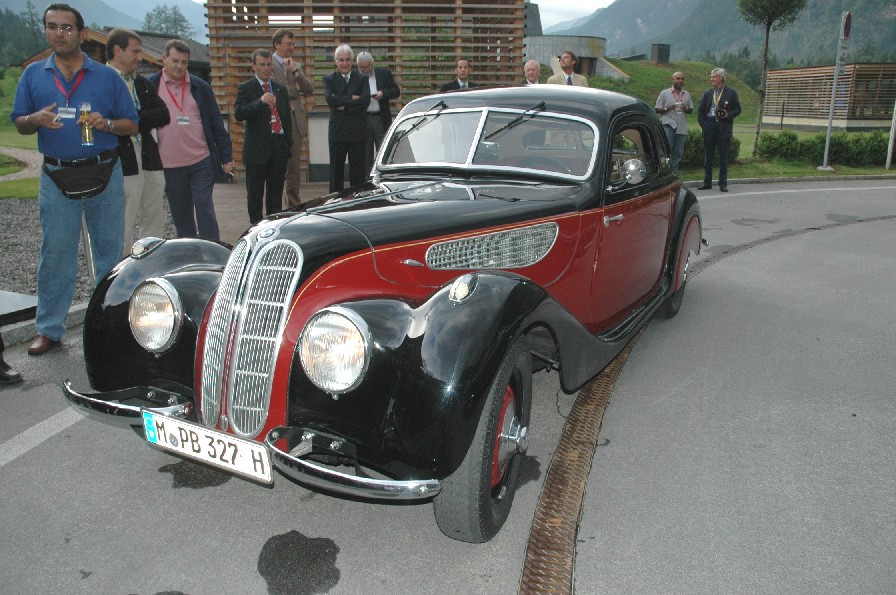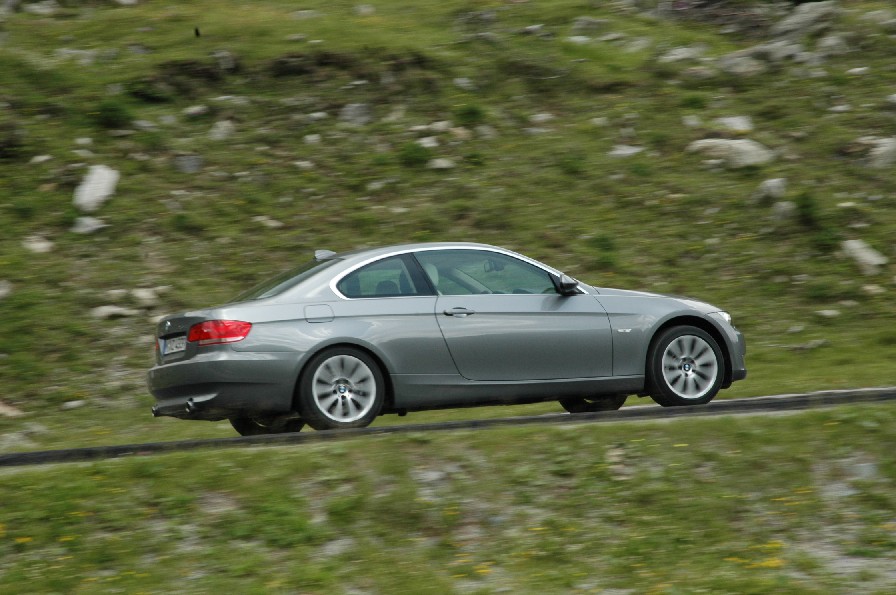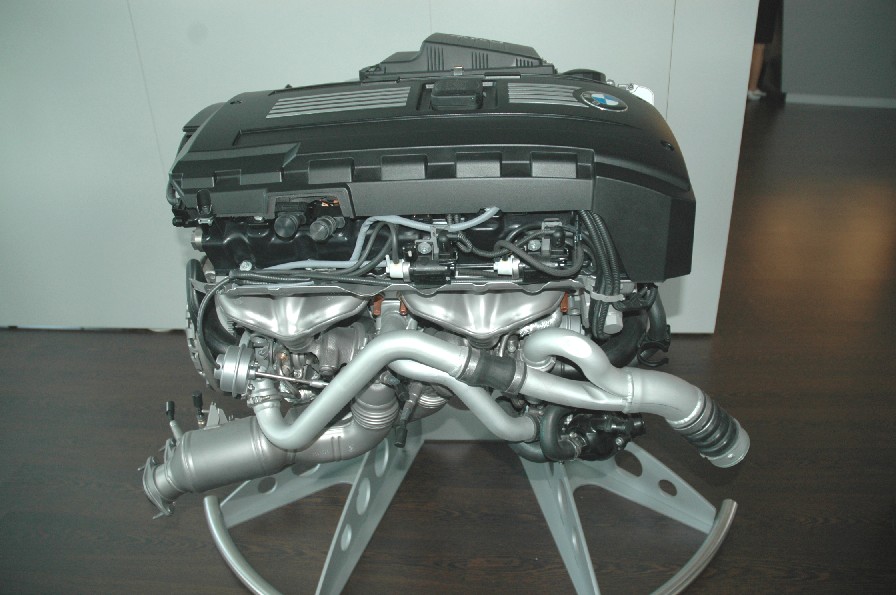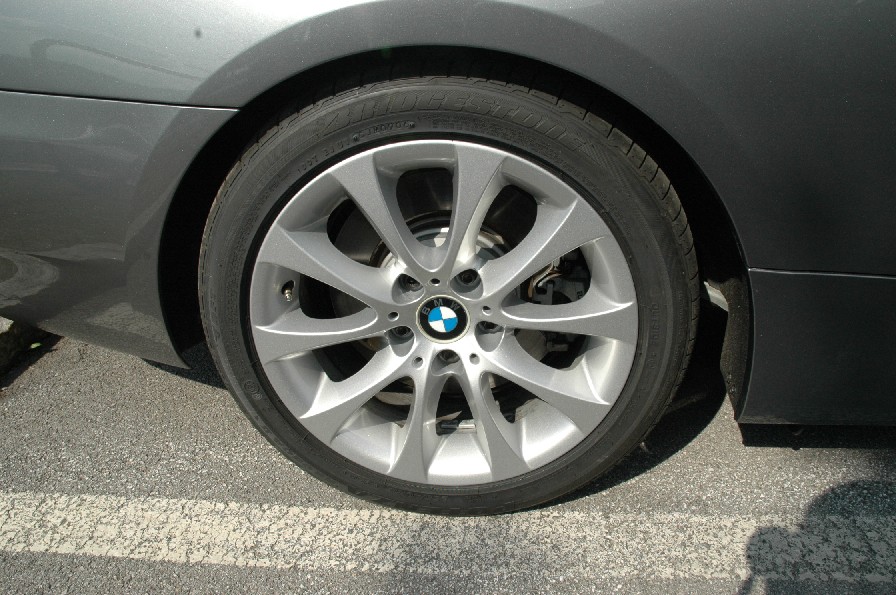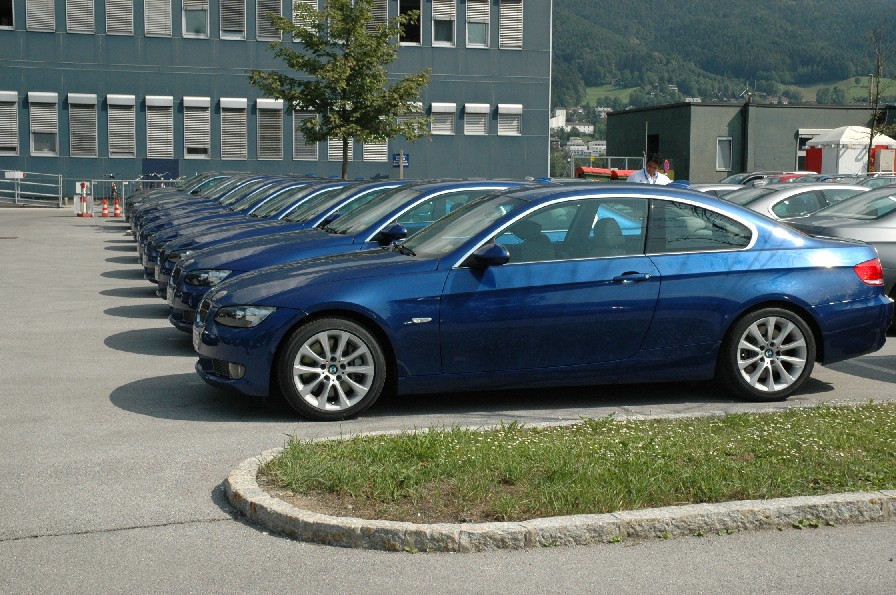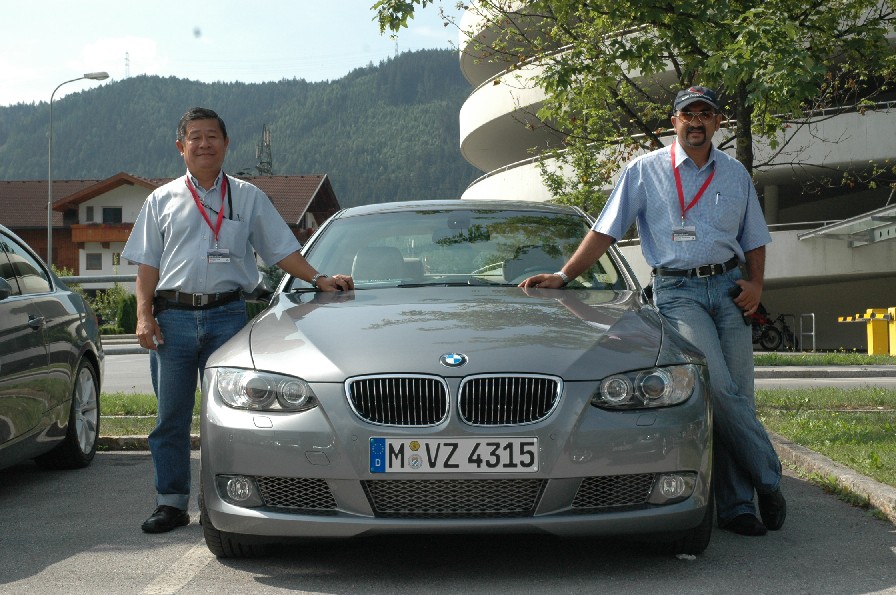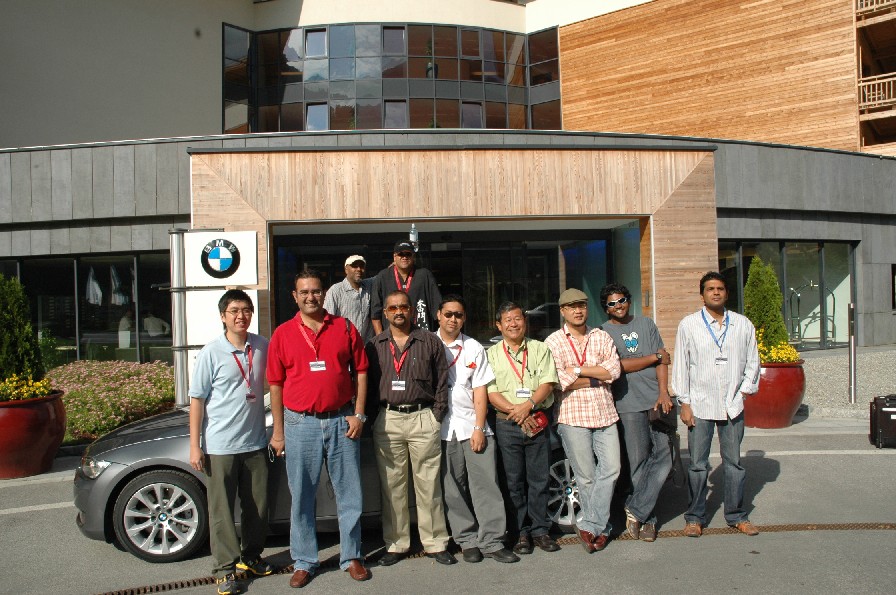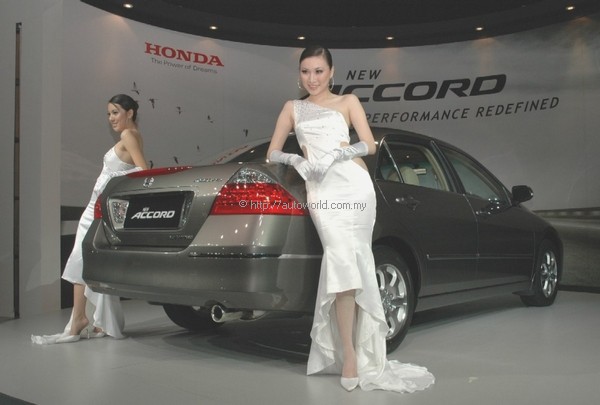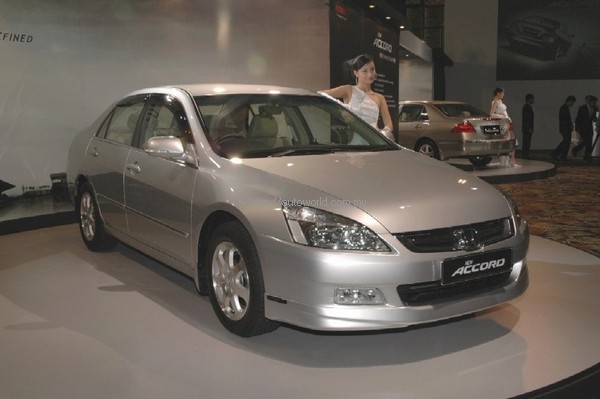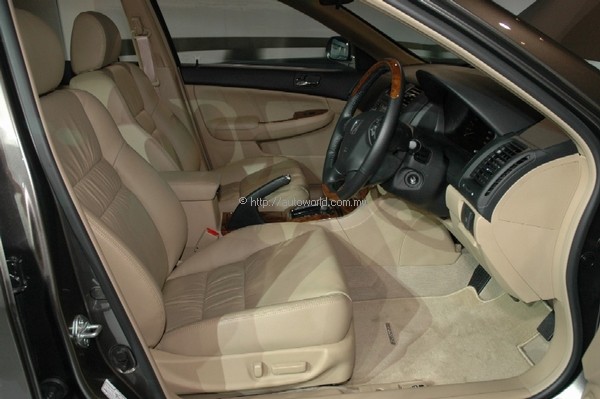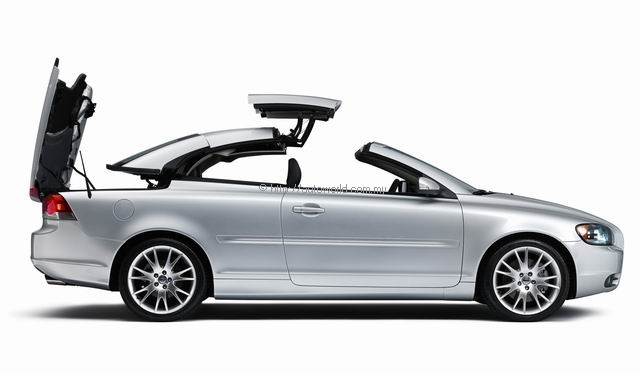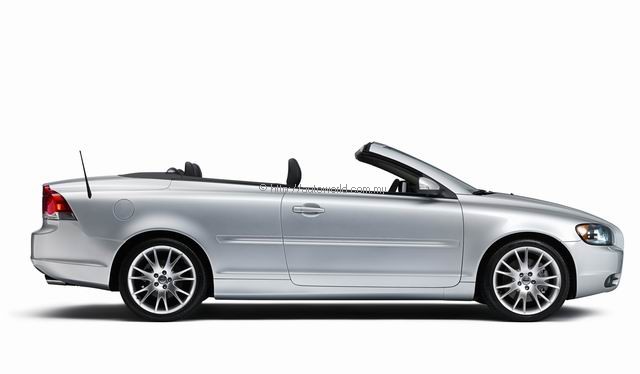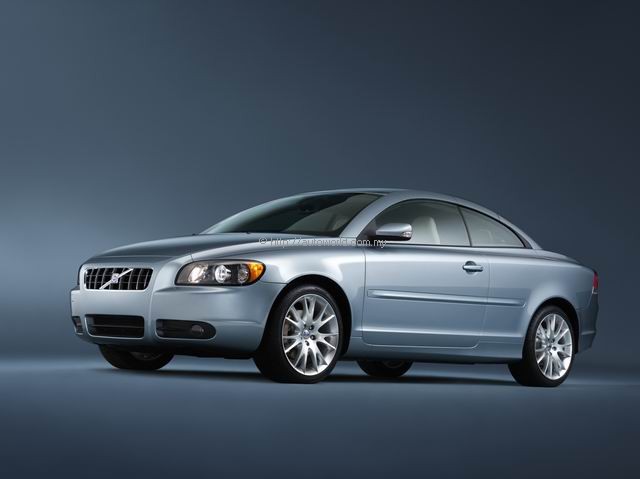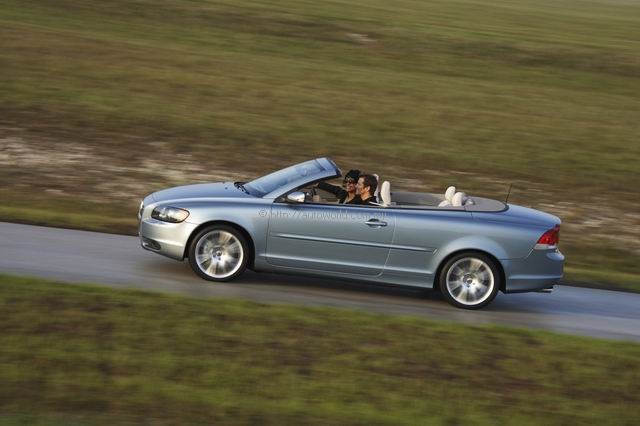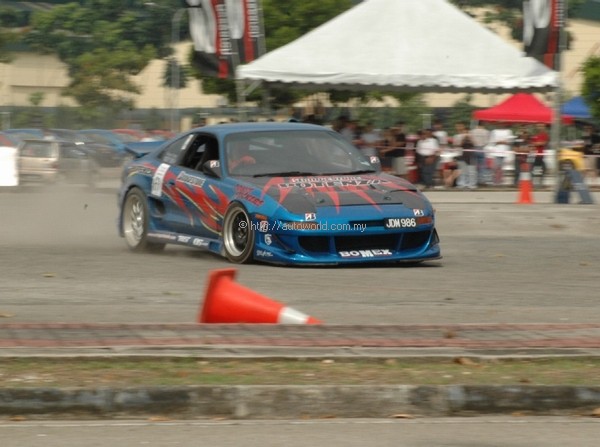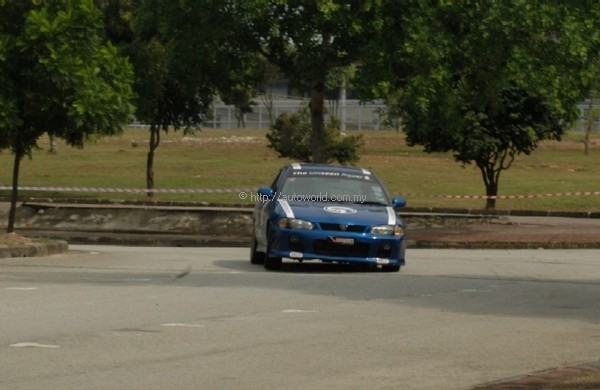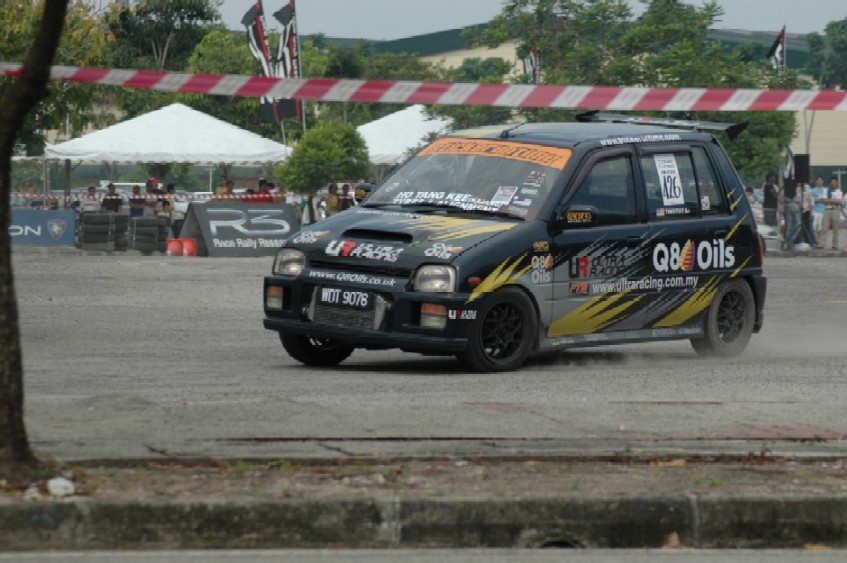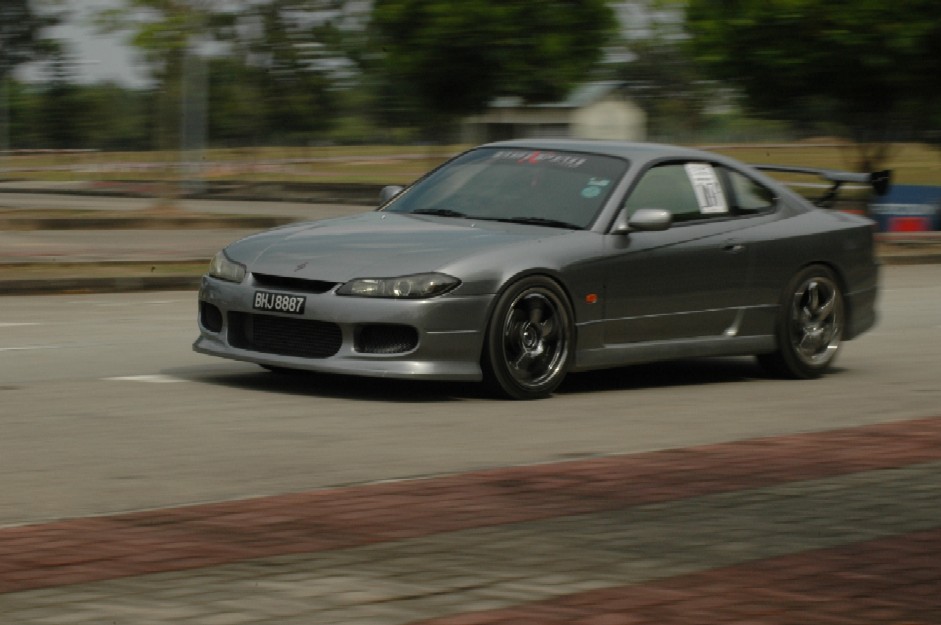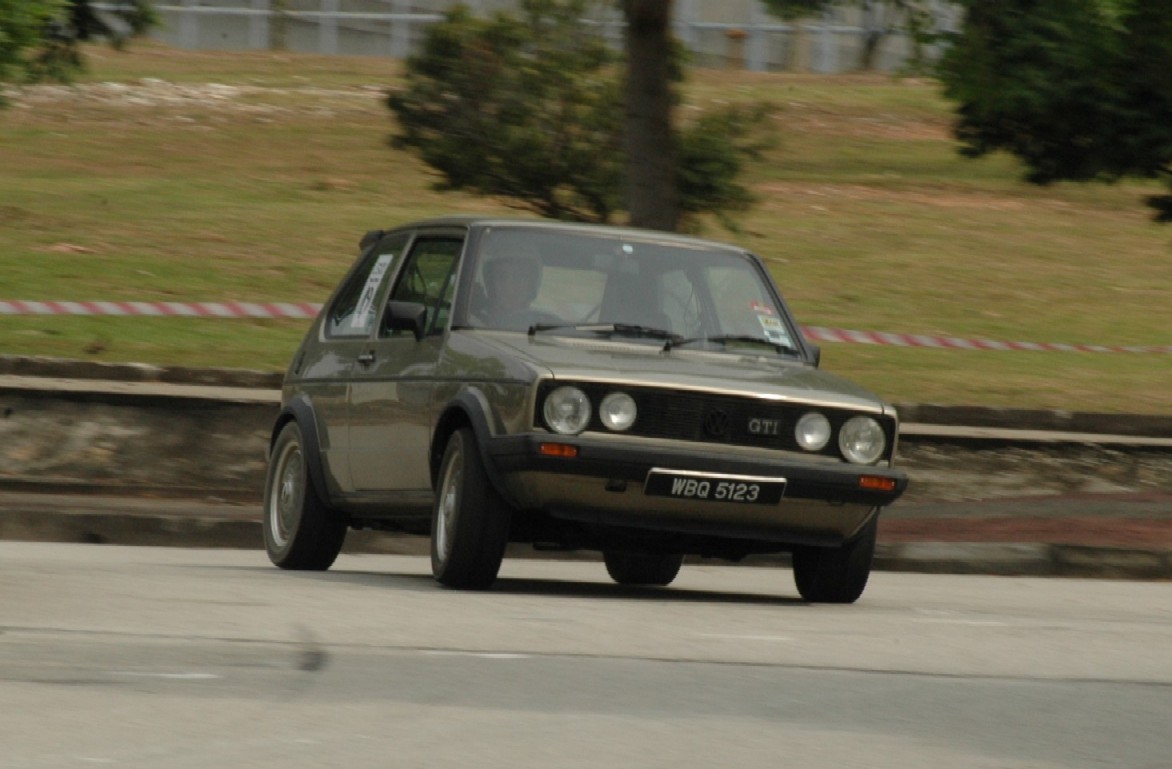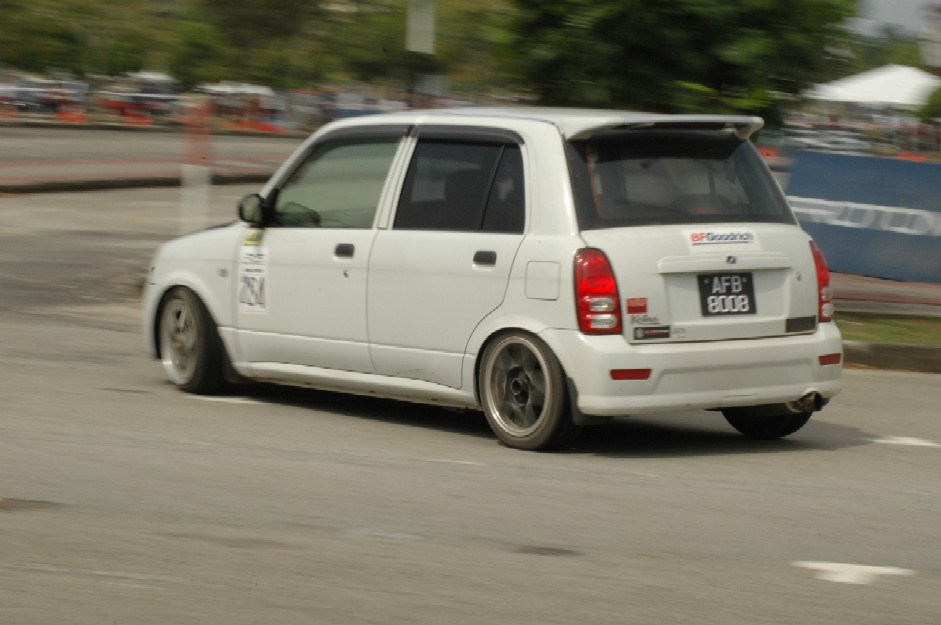The fitting of a large capacity engine in a relatively small-bodied car is not new, and many car manufacturers do it as a matter of course, to offer more power in the same body for those who have a hunger for such things. BMW does it to the 3, 5 and 7 series; to them, engines and transmissions are commodities or parts that the design engineers are at liberty to use to put together products that appeal to their customers. At Mercedes-Benz, it is much the same, and this time, they have done a great job in putting a 3.0 litre V6 into the popular E-Class sedan.
Whilst outwardly looking very much the same as its other E-Class siblings, the internals open up a whole new world of performance and offer potentially greater user satisfaction in terms of power on tap, quicker acceleration, smoother driving, and in these trying times, outstanding fuel economy. For people who like to drive fast, yet do not want to make too loud a statement, the new E280 can be easily ‘disguised simply by taking away the ‘E280’ badge at the rear.
Inside, the E280 is typically Mercedes-Benz; luxurious, light-coloured leather upholstery, electrically controlled driver and passenger seats, each with three memory positions, a leather-bound steering wheel, adjustable for both reach and height, cruise control, a speed limiter that can be set manually, on-board electronics that give vital trip information, including fuel consumption, and plenty of airbags. Legroom is of no issue, be it for front or rear passengers. The seats are configured ideally for four, that is, with the rear centre armrest deployed so that the rear passengers can enjoy that ‘towkay’ feeling. Five can ride in the E280 without much fuss, but I wouldn’t recommend it for long hauls.
A feature that is very welcome on a hot day would be the additional air-conditioning vents, not only on the B-pillars (the middle side pillar directly behind the driver), but also in between the front seats to divert cool air to the rear occupants. Air-conditioning temperature is adjustable for both the front and rear quarters of the E280. Another interesting feature is the panoramic roof, with operating switches both at the front and rear, according a touch of class and offering a view not otherwise available. Viewing the stars at night while riding in the E280 can be a very unique experience. The front half of the panoramic roof slides open as a sunroof.
The newly developed 3.0 litre engine is of DOHC configuration; in V6 arrangement, it is a ‘quad-cam’ arrangement that utilizes an also new engine management system that has managed to find a balance between giving the engine good power while maintaining fuel efficiency. Helped by variable valve timing technology that acts on both the intake and exhaust cams, the new engine produces 170kW/231 horsepower, and 300Nm of torque, available from as low as 2,400 rpm, enough to propel the E280 from zero to 100 km/hr in just 7.3 seconds; not the fastest car in the world, but fast enough to make the E280 a mean machine. Top speed is 248 km/hr, and the best news is that fuel consumption, according to NEDC combined cycle tests, is 9.4 to 9.7 litres per 100 kilometres. This figure will vary somewhat, according to the way one drives, but it remains a valid comparison figure against other makes using the same test parameters. In our test, the full tank of 80 litres took us close to 500 kilometres, before the reserve lights came on with 9 litres left in reserve, and that was with exuberant driving.
A major contributor to the outstanding performance of this 2.175 tonne vehicle is the 7-speed G-TRONIC automatic gearbox that allows a high top speed in addition to closely spaced ratios that help to maximise the torque and available power in each gear. In top gear, the speed per thousand rpm is approximately 52 km/hr, which means that at the regulation speed of 110 km/hr, the engine is barely ticking over at slightly over 2000 rpm. for the sportier types, the manual shift option is engaged simply by flicking the gear lever to the left or right to shift down or up respectively.
The ride is exceptionally good in the E280. The essence of luxury, which is so typical of Mercedes-Benz is retained. The front suspension is made up of Macpherson struts, coil springs and a stabilizer bar, mechanically similar to that which is found in the SLK, as is the rear multi-link arrangement. This set-up gives the E280 outstanding handling, tested by our team on the winding roads and the entry and exit ramps of the North-South highway. With large 17-inch, 45 series tyres, grip is of no problem. Of course if you put a wheel out of place, the active safety features like ESP would cut in and help you to stabilise the vehicle, but even though we went past what we thought was the limit, the E280 never even protested, taking whatever we could dish out in steady and confident stride. Looking closer, you will note the heavy use of alumimium, in the engine construction, in the suspension, and even on the bumper reinforcements to keep overall weight and un-sprung weight down. You would also note the extra care to keep most of the weight of the engine behind the front wheels to improve balance and weight distribution. From my drive experience and the excellent behaviour of the car on the road, I can personally vouch that the E280 is a very well balanced car.
With the E280, one can cruise at anything between 180 to 200 km/hr the whole day, with the engine singing at between 4,000 – 4200 RPM; even at those speeds, the car is rock steady; a steering damper isolates any violent feedback from the road without sacrificing road feel. The driver feels very relaxed and confident behind the wheel, as the E280 is very ‘planted’ at high speeds. The brakes are excellent and are confidence inspiring.
If you are the exuberant type, but still need a ‘business’-type car, then the E280 can be something to be considered. Whilst it gives you the desired image, you can, if you so wish, let your ‘horns’ show a little when no one is looking. The E280 will deliver all the excitement and sporty driving characteristics that you may crave for, and once you have had your ‘fix’, you can revert to being your normal, sedate self. The E280 will be on whichever side of ‘normal’ you wish to be, and is capable of switching over from ‘sedate and luxurious’ to ‘fast and furious’ according to your preference, anytime, anywhere. Gone forever is the ‘grandfather’ image previously associated with this marque.
Price on-the-road without insurance is RM448k.





